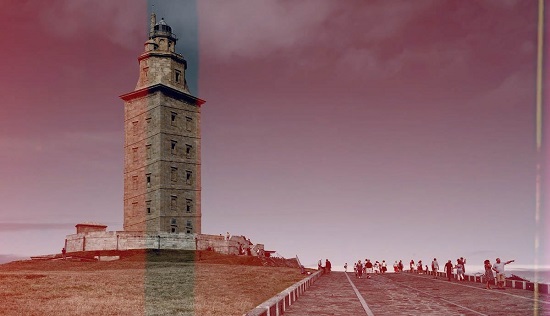 Friday, October 4, 2024
Friday, October 4, 2024  Friday, October 4, 2024
Friday, October 4, 2024 
The long-lived Roman Empire left behind many majestic buildings, but only a few examples of Roman architecture have reached the present-day remarkably well preserved.
For centuries Rome ruled the world. Its well-trained and disciplined armies conquered vast territories, facilitating the growth of an enormous empire. The multicultural and mostly tolerant Roman society attracted immigrants from far beyond the empire’s borders. Both newcomers and Roman citizens — scholars, statesmen, artists, engineers, bureaucrats, merchants, and soldiers — played their role in shaping Roman society, culture, art, laws and the economy. Roman architecture is the most visible imprint that this powerful civilization left upon the world. Centuries after the fall of the Roman Empire, impressive ruins and Roman monuments still stand as a testament to the empire’s former power and glory. Among those imposing structures, however, few were lucky enough to survive more or less intact till today.
Here is a list of 6 remarkably well-preserved Roman buildings.
1. Maison Carrée: Roman Architecture and the Imperial Cult
One of the best-preserved Roman monuments stands in the city of Nimes, in southern France. This stunning Roman temple — the so-called Maison Carrée (Square House) — is a textbook example of classical Roman architecture described by Vitruvius. At about 85 feet long and 46 feet wide, the building would have dominated the forum of the ancient city. The temple’s imposing façade, lavish decorations, and elaborate Corinthian columns, as well as the inner structure, have survived up to the present-day almost intact.
Besides its high level of preservation, Maison Carrée has significant historical importance. Commissioned by Marcus Vipsanius Agrippa in 20 BCE, the temple was originally dedicated to the Emperor Augustus’ protective spirit, as well as the goddess Roma.
Keep reading on thecollector.com